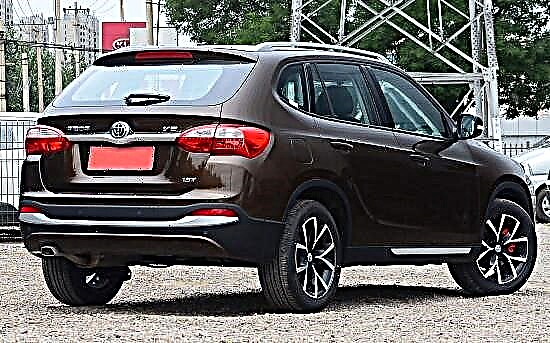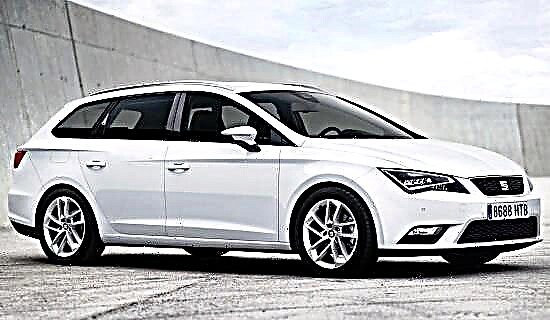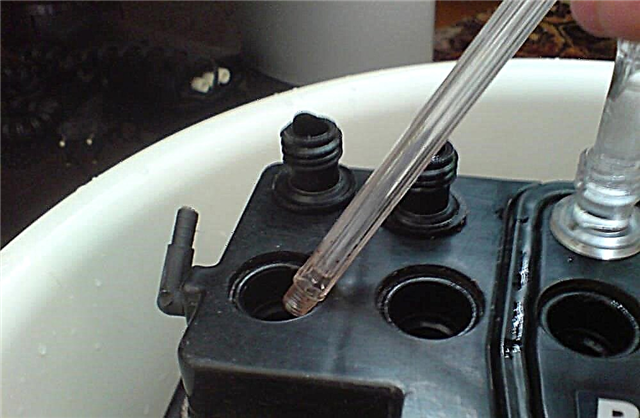Ratings of cars and auto products
Reviews, comparisons & tips for motorists
The battery is the lifeblood of a vehicle. On the one hand, it is difficult to attribute it to the most important units for the car, on the other hand, the car simply will not start without a battery. Despite the widespread belief that during operation the battery tends to recharge itself, this process is not constant, and the battery life is limited. Increasingly, modern "craftsmen" are trying on their own to extend the operating period of a car battery by refueling it. At this stage, many car owners, who are faced with such a problem for the first time, have the question of how to fill the battery, what to fill: distilled water, or is it necessary to fill the electrolyte?
Battery maintenance recommendations.
How the properties of the electrolyte in the vehicle battery change
Many professionals consider the question of what to fill in the battery to be absolutely incorrect, since the device is classified as non-repairable elements. However, a good battery is far from a cheap pleasure, so the desire to extend its operating period by car owners is quite understandable. So that refueling the battery does not entail its complete failure, first you need to understand the processes that occur during the operation of the battery during its systematic charging and discharging.
Initially, from the factory, the battery contains an emulsion, which consists of thirty-five percent sulfuric acid, while the remaining sixty-five percent of the volume is distillate - purified water, without impurities. During operation, the device heats up, the electrolysis reaction takes place, and part of the water evaporates under the influence of high temperature, collects as condensate on the inner surface of the unit. If the battery has an absolutely sealed design, there is no mechanical damage in the case, then the steam turns into water when it cools down and flows back down the walls of the device. If there is damage to the case as a result of the operation of the device or due to poor quality of workmanship, the water evaporates from the battery irretrievably. As a result of this process, the liquid in the battery becomes more concentrated, and the density of the acid increases. This is reflected in the criteria for the voltage output by the device, its performance.
In addition to the natural evaporation process at operating temperatures, the so-called sulfation reaction occurs in the battery - the deposition of acid salts on the lead strips of the battery. As a result of this process, the concentration of the electrolyte decreases. Precedents when the density of the electrolyte drops are most often provoked by the irregular functioning of the battery as a result of prolonged downtime of the car or improper operation of the battery - the supply of too much current to the device or serious malfunctions in the vehicle electronics.
Water or electrolyte: which liquid to choose
The first rule when carrying out any work on the repair or maintenance of functioning car devices is not to harm. In the case of battery maintenance, adding the "wrong" fluid can completely disable it. From the information described above, it is clear that a decrease in the efficiency of the battery can be both the result of sulfation - a decrease in the acid coefficient in the unit, and the result of water evaporation. Before deciding what to fill, water or electrolyte, it is important to first understand the reasons that affected the performance of the battery.
If the reason was a decrease in the percentage of acid in the liquid in the battery, then it is the electrolyte that needs to be poured into the device. When refueling the distillate, the percentage of acid in the battery will decrease even more, which will make it impossible to further operate the charger. In a situation where the cause of the malfunction of the unit was the evaporation of distilled water, filling the battery with alkaline liquid will provoke a proportional increase in acid in the device, which will lead to intense sulfation. Acidic components will settle on the plates, destroying them, which will entail irrevocable unusability of the charging element. In this case, distillate is poured - this is the only way to extend the life of the battery.
How to fill the battery?
Before proceeding with the question of what to add to the battery - water or electrolyte, it is important to decide whether the mechanism needs to be refilled at all. To this end, you need to carefully inspect your existing unit. Mainly, the body of all batteries is made of transparent plastic, which allows you to visually determine the amount of electrolyte solution inside. On the battery case, there are almost always marks by which you can determine whether you need to top up the emulsion or not.
If the housing is made of an opaque material, you can check the emulsion level in the following way:
- Unscrew the battery cap. Thoroughly clean the front surface of the unit beforehand so that dirt particles do not enter the system when it is opened.

- Take a transparent tube with a diameter of no more than five millimeters, lower it all the way into the opening.

- Close the outer end of the tube tightly with your finger and pull the device out of the system without releasing your finger.
- Criteria are considered normal when the height of the liquid in the elongated tube is about one and a half centimeters. If the parameters do not match, you need to top up or extract excess fluid.

If the fact of the need for top-up is established, then you need to decide what will need to be poured into the battery. A special device called a "hydrometer" can help in this situation, with the help of which the density of the solution in the battery is measured. Based on the test results, the cause of the mechanism malfunction is established, the dilemma is solved, what to add to the battery, water, or still electrolyte. Using the device, measure the density of the battery fluid: normally it should be from 1.27 to 1.29 grams per cubic centimeter. If the density is much lower, then electrolyte will need to be added. A density exceeding 1.29 units indicates that water needs to be added to the battery.
The procedure for adding water and electrolyte is carried out in a similar way:
- If the case is transparent, add the required liquid to the level marked on the battery itself using a bulb or syringe. Otherwise, add liquid in portions, systematically checking its level using a transparent tube according to the above algorithm.

- After adding the liquid, screw the cap back on and shake the battery well to mix the solution thoroughly in the system. Check the density again. If the result is not correct, take a part of the emulsion with a syringe and refill the necessary liquid again. Recheck the resulting solution.
- When the indicators have reached normal parameters, leave the unit to stand for several hours, you can put it on a gentle charge for this time so that the liquid mixes as well as possible, acquires a homogeneous consistency. After the specified time has elapsed, carry out a control check of the density of the solution in the battery. Normal indicators indicate the correctness of the procedures performed and the possibility of further operation of the battery.

When performing the procedure for "resurrecting" the battery, remember that the incorrectness of the work performed can not only lead to a complete malfunction of the unit, but also entail problems with the car electronics. Check the odometer reading very carefully and you will succeed. If you need to fill in distillate, in no case fill ordinary tap water - it contains a lot of additives that will negatively affect the functioning and operating period of the battery.
Let's sum up
Extending the life of mechanisms and systems that are directly involved in the functioning of the vehicle is the desire of every car owner, since the purchase of any mechanism or accessory is an additional financial waste. In the case of a battery, experts and professionals strongly recommend not to experiment, especially if the existing device belongs to the category of budget goods, if it fails, it is advised to buy a new battery. Attempts to restore the functioning of the battery by refueling it will only temporarily extend the operating life of the unit, therefore, the purchase of a new charger is inevitable. It is better to immediately purchase a high-quality battery for your car, which, if used correctly, will serve you for many years.
















